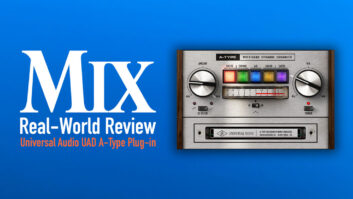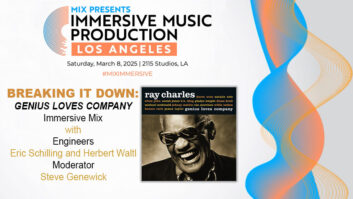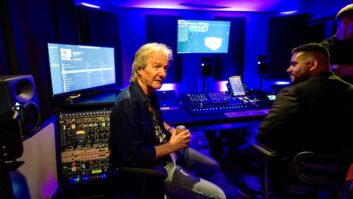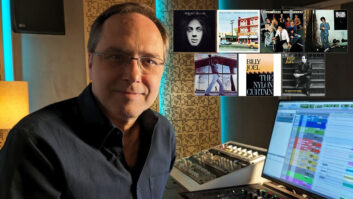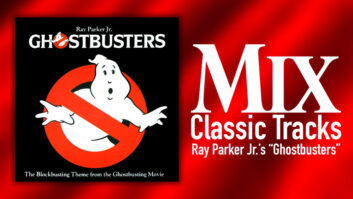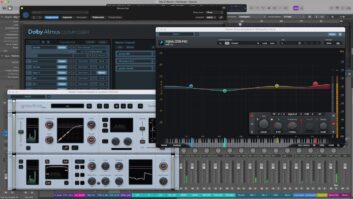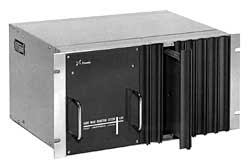
Ray Dolby has lived and breathed audio since his earliest years. While still in high school, he worked at Ampex, first doing mundane chores such as copying alignment tapes for its new 200A tape recorder, and later as part of the company team that developed the first pro video recorder. After earning his BSEE from Stanford, he did postgraduate work at Cambridge, receiving a Ph.D. in Physics in 1961, followed by two more years of advanced studies. Dolby then spent two years working for UNESCO in India, during which time he considered ways of applying his thesis findings (on means of improving X-rays for clearer images) to noise-reduction methods for audio.
In 1965, he founded Dolby Laboratories to develop systems for reducing the background noise inherent in tape recording. The company’s first product was the A301, which debuted in 1966 and provided one channel of A-type noise reduction. This sophisticated audio compression/expansion system dramatically reduced background hiss inherent in pro recorders without discernible side effects. Unlike single-ended approaches, Dolby’s treated low-volume signals only, leaving the loud signals that naturally mask noise unprocessed and divided the spectrum into multiple bands to prevent the pumping (noise modulation) common to conventional wideband companders.
The effect of Dolby noise reduction on the world’s audio community—consumer and pro—was profound. It opened the possibilities of narrow-gauge/low-speed recording on formats such as the cassette tape and pro video recorders, as well home VCRs that would follow later. But on the pro audio side, Ray Dolby’s invention helped fuel the fire of a multitrack recording revolution—something we can all appreciate.
